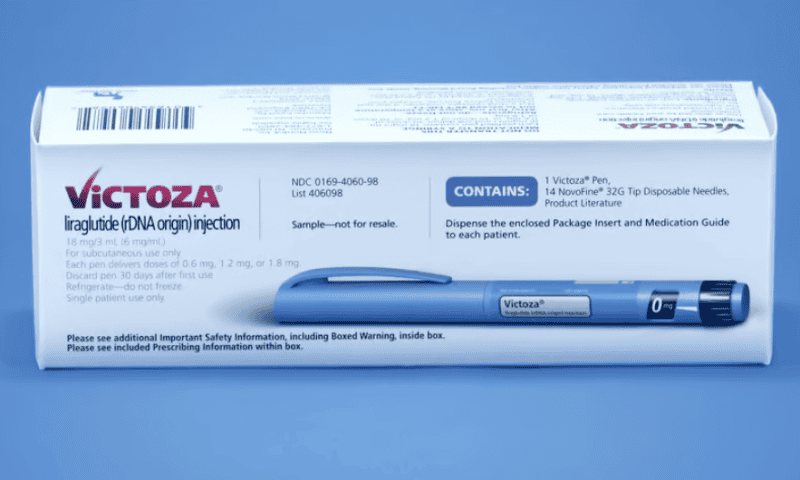The GLP-1 receptor agonist drug class became a household name almost overnight thanks to the success of Novo Nordisk’s semaglutide, marketed as Wegovy for weight loss and more recently as Ozempic for type 2 diabetes. But while GLP-1s stand to rake in billions of dollars for the pharmas that make them, long-term adherence to the drugs is less than ideal, some clinical data suggests.
One of the issues is that patients must inject themselves on a daily or weekly basis. While the oral versions in development would almost certainly help, even they would still require frequent dosing.
Now, researchers at Stanford University School of Engineering, with help from scientists at Novo Nordisk, have come up with a new drug delivery system that they claim could cut the dosing schedule for GLP-1 drugs to just a few times a year. In a study published Nov. 21 in Cell Reports Medicine, the researchers described how they developed and tested a hydrogel delivery system that secreted therapeutic concentrations of liraglutide—a GLP-1 receptor agonist marketed by Novo Nordisk as Saxenda to treat obesity—for 42 days in rats, the equivalent of four months in humans, according to the researchers’ computational models.
“Needing only three shots a year would make it much easier for people with diabetes or obesity to stick with their drug regimens,” study lead Eric Appel, Ph.D., a researcher at Stanford, said in a press release. Clinical data suggests that adherence to injected semaglutide is somewhere between 39% and 67% among patients with type 2 diabetes at one year, and is lower for patients who take the drug for weight loss.
“While reducing treatment frequency from daily to weekly is associated with improved patient adherence, there is still room for improvement to reduce treatment burden and improve [patient] compliance,” the researchers wrote in their paper.
To that end, they set out to design long-lasting hydrogel formulations of semaglutide and liraglutide that could last for at least four months from injection, a cadence roughly on par with how frequently patients with type 2 diabetes visit their endocrinologist. Formally known as a polymer-nanoparticle hydrogel, the material the scientists created is fluid enough to be injected with off-the-shelf needles while also being sufficiently fluid to remain in the body for four months. After injection, it forms what scientists call a “depot” under the skin, which gradually dissipates “like a sugar cube dissolving in water,” Appel said in the release.
After testing their gel formulations to make sure they released the GLP-1 receptor agonists consistently, the researchers injected them into rat models of type 2 diabetes. Both drugs stayed at therapeutic concentrations for the entire six-week study period and lowered the animals’ blood glucose levels just as well as standard injections of the drugs. While serum levels of semaglutide in the gel formulation initially peaked to a point that they might be expected to cause side effects like nausea, none of the rats exhibited any behavior changes and continued to eat normally, the researchers noted.
The study comes with caveats. For one, the volume of the gel the researchers could inject was limited by the rats’ size and dissipated after six weeks. While pharmacokinetic modeling suggests that the higher volumes used in humans will last for three months, studies on larger animals like pigs will be conducted to verify its duration, they wrote in their paper. Furthermore, only male rats were used in the experiments; future research will involve female animals too.
Still, if all goes well, the researchers expect that clinical trials in humans could come within one-and-a-half to two years, according to the release. And GLP-1 receptor agonists are just one of many types of drugs the researchers think could work with the system. The Stanford team has developed hydrogels with release time frames that range from one day to more than six months, with applications that include CAR-T cell therapy, the glaucoma drug bimatoprost and even COVID-19 vaccines.
“Beyond treatments for diabetes and obesity, this work has the potential to advance the development of long-acting formulations of therapeutic peptides and proteins more broadly,” the researchers wrote in their paper.

